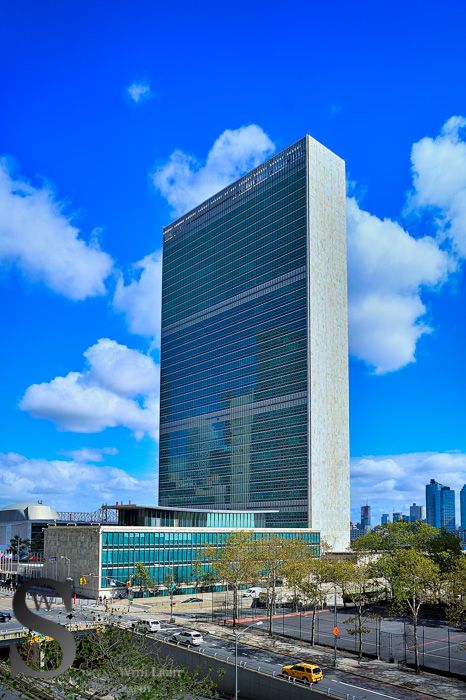Over the past eight decades, United Nations (UN) peace operations have demonstrated themselves to be valuable tools for prevention, peacemaking, peacekeeping, and peacebuilding.
But they have also struggled to meet the expectations of their varied audiences, including the Security Council, host governments, and local populations. Many of these struggles stem from the supply-driven approach to how missions have been planned and deployed, which drives many of the shortcomings that are evident in missions today, such as sprawling mandates that are not focused on the political solutions necessary to resolve conflict, templated approaches to mission design and mandate implementation, and friction with other UN entities and organizations. Although these shortcomings are present throughout the mission lifecycle, they are particularly evident now with ongoing drawdowns and transitions in Mali, Sudan, Somalia, Iraq, and the Democratic Republic of the Congo (DRC) and as countries increasingly turn to alternatives to UN peace operations, such as peace enforcement and counterterrorism operations undertaken by regional organizations and ad hoc coalitions, despite their poor track record at fostering lasting peace.
A new approach to peace operations is necessary to overcome these shortcomings, one that acknowledges that UN peace operations always operate in an environment alongside other actors and that no single entity or organization has the capacity and resources to tackle the full range of activities required to help a country towards sustaining peace.
In advocating for a shift in the planning, design, and management of UN peace operations, this report provides ideas for how to implement recommendations from A New Agenda for Peace as well as considerations for the upcoming 2025 peacebuilding architecture review (PBAR). Elements of this approach can already be put into practice as part of transition contexts, where the Peacebuilding Commission and the General Assembly can play an important role in considering follow-on arrangements and how to provide countries with tailored packages of support to national prevention strategies. By allowing peace operations to better meet the expectations of key stakeholders such as the host government and Security Council while reducing friction with the UN country team and other actors, this new approach can help overcome the current crisis of confidence in UN peace operations and ensure that the UN can continue to play an important role in the maintenance of international peace and security in a time of increasing geopolitical contestation.
